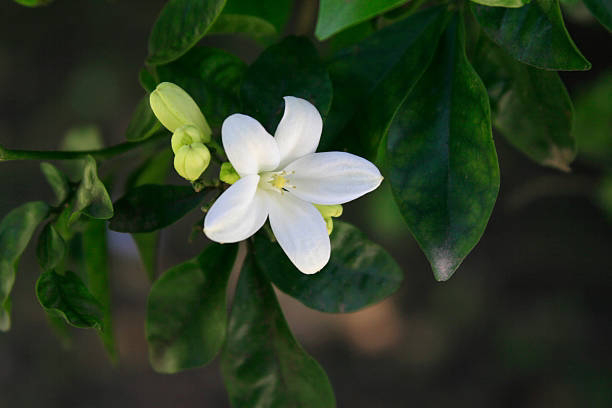- Calming effects: Lime flower tea has been used for centuries to promote relaxation and reduce stress.
- Fragrant blooms: Lime flower produces small, fragrant white flowers in late spring and early summer.
- Honey production: Bees love Lime flower, and it's a popular choice for beekeepers due to its high nectar content.
- Medicinal uses: Lime flower has been used to treat anxiety, insomnia, and digestive issues.
- Antioxidant-rich: Lime flower contains antioxidants that help protect against cell damage and inflammation.
- Cardiovascular health: Lime flower may help lower blood pressure and cholesterol levels.
- Sedative properties: Lime flower has been used as a natural sedative for centuries.
- Anti-inflammatory: Lime flower has anti-inflammatory properties that may help reduce pain and swelling.
- Skin benefits: Lime flower has been used in skincare products to soothe and calm irritated skin.
- Respiratory issues: Lime flower has been used to treat bronchitis, coughs, and colds.
- Natural antihistamine: Lime flower may help alleviate allergy symptoms.
- Culinary uses: Lime flower can be used in salads, as a garnish, or to make tea.
- Aromatic oil: Lime flower essential oil is used in aromatherapy and perfumery.
- Woodworking: Tilia wood is prized for its light color and fine grain, making it ideal for woodworking.
- Ecological importance: Lime flower provides food and habitat for various wildlife, like butterflies and birds.
- Cultural significance: Lime flower has been a symbol of love, fertility, and prosperity in various cultures.

